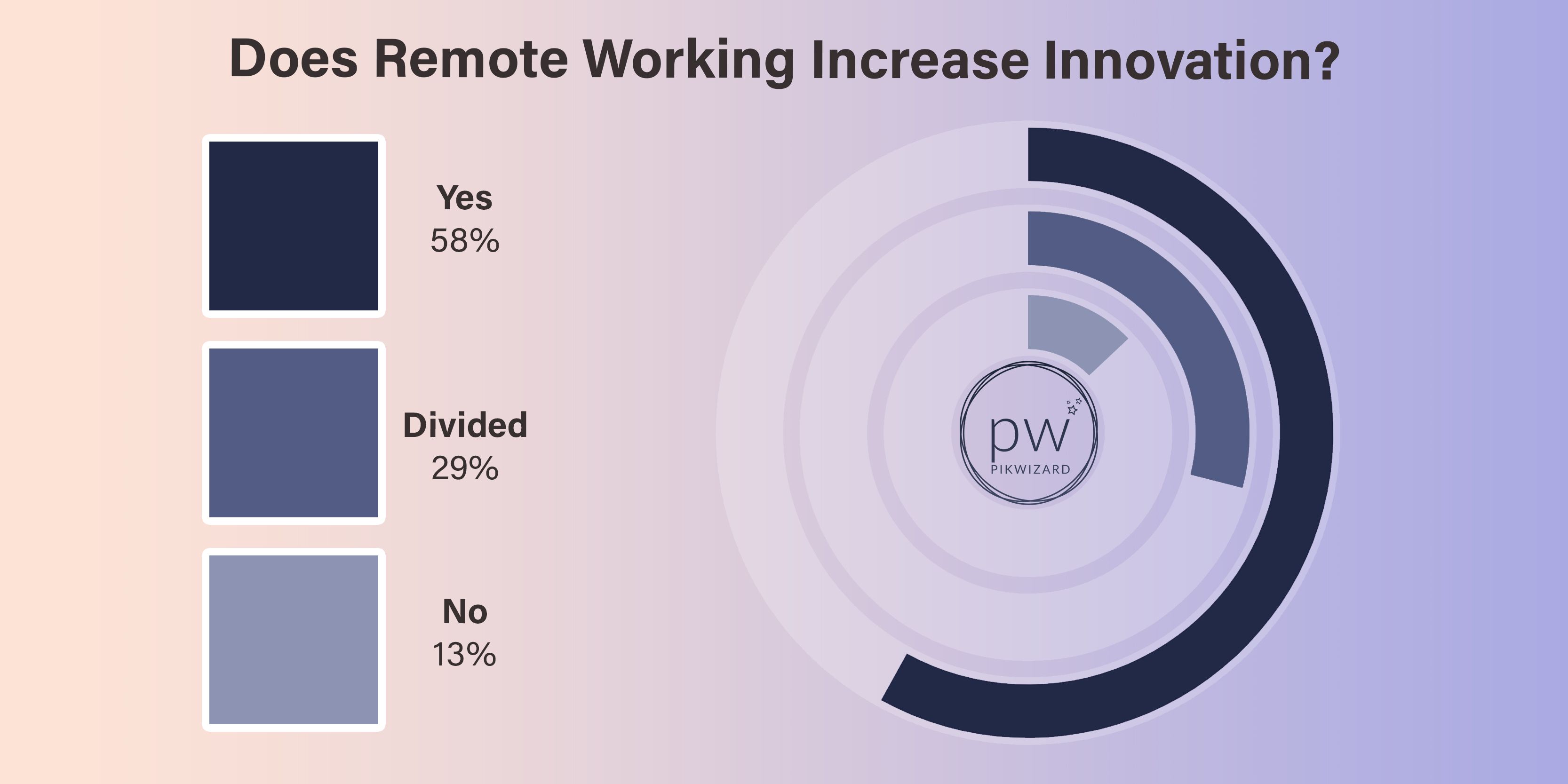Alex Souchoroukof, Marketing Copywriter at Moosend talks about varying team dynamics:
"The cost of a remote working workforce is a loss of a sense of purpose, which at work is primarily driven through solid relationships and seeing how your tasks impact others. Both of these are easier to achieve when individuals work together in the same office.
However, the shift to distributed working is also offering opportunities for various people to flourish. In regular office work, the more outgoing and confident employees typically take the lead, whereas the more introverts stay in the darkness.
To battle this with Moosend, we have weekly video conferencing meetings among team members, compensating for any negative effects on innovation. Brainstorming through a monitor is not ideal, but we have accomplished a pretty successful journey so far, and everyone in the team enjoys the process."
Mariia Kovalenko, Content Writer and Editor at Digital Marketers World says that we have to improve remote collaboration to work together more effectively:
“It’s hard to tell, but I'm leaning towards yes. Some experience a sudden spike in motivation to invent when transferred to the home office, while others plunge into the creativity drought.
If we turn to research, we won’t find a definitive answer as well. For instance, the Boston Consulting Group and Microsoft survey revealed that while 82% of managers were satisfied with the performance of their employees, they also complained about losing the spirit of innovation.
If performance is still satisfactory, but innovation has “left the chat”, what’s the reason?
Here’s the thing. Innovation is all about cooperation and close teamwork. And let’s admit - we still haven’t figured it out, even though there’s no shortage of collaboration tools.
Of course, we can attribute the innovation drought to other factors such as professional burnout, the pandemic, etc. But the core issue we need to address lies in remote collaboration difficulties. Once we have that optimized, we’ll solve the innovation problem and many other issues as well. But I'm optimistic and I think we are on the right track.”
Katheriin Liibert, Head of Marketing at Outfunnel tells us that it’s the company’s responsibility to create the right environment for teamwork and innovation:
“There's no limit to where or how innovation happens. For some, the office environment does not inspire creativity, whereas others come up with their best innovations when bouncing ideas off each other next to the water cooler.
The best way to support innovative ideas in your team is to figure out what works best for your team and make sure your company policies support that.”











